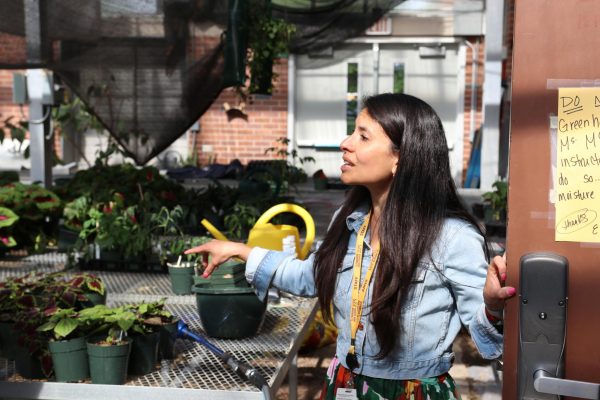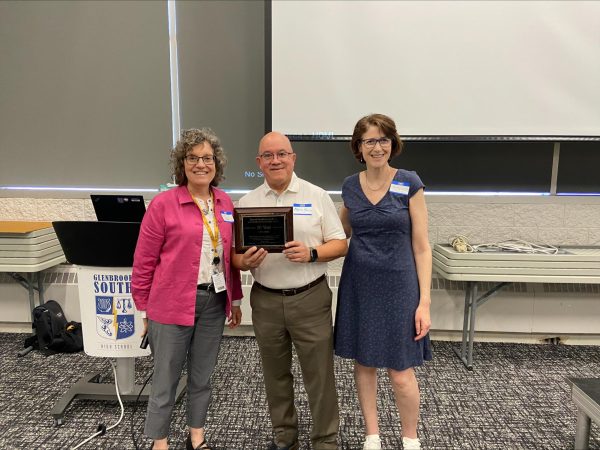New Automotives course allows for more personal experiences
March 16, 2020
A new course option in the automotives department called Small Engines 161 was approved by the school board at a Jan. 27 meeting and will soon be available to students at South, according to Dawn Hall, Career, Technology, and Education instructional supervisor. The course will start next school year and be taught by South teacher Brad Klimkowski.
The idea for a small engines class had been discussed at South for a few years, but it truly began to take shape in the early Spring of 2019 as Klimkowski began working on a course proposal formulating the idea for a class, Hall said. The idea was to create a class that would introduce students to key concepts from the automotives class while also providing an opportunity for older students to take a semester long class, Hall explained.
The focus of the class was for students to have a more personal experience working on an engine and to have a less consumer orientated class, instead focusing on technology people would interact with more, such as lawnmowers. In addition, other schools in the area had a small engines class while South lacked one, inspiring Klimkowski to lead an effort to add the class, Klimkowski shared.
“Autos 1 is very consumer oriented, you still get your hands dirty and things along those lines but there is some paperwork involved with projects like buying used cars.” Klimkowski said. “We use the same tools, so there’s cross referencing there, but more along the mechanical sense. [In] Autos 1 there [are] larger groups and less groups, [and in this class] I’m hoping there will be [smaller] groups.”
The process of getting the class approved was a long one that required lots of input and consideration, Klimkowski said. The proposal was looked at by the instructional supervisor, curriculum committees, assistant superintendents and finally the school board, Hall said. In researching the idea, one of the challenges that came up was the fact that GBN once had a small engines class but it eventually stopped working and was removed from course options, Klimkowski said. In addition, counselors talked with Klimkowski about the class to work with students on course recommendations, Klimkowski said.
“It was more [of a] cumbrance that I anticipated, I was surprised at the data needed, it involved principals, department chairs,” Klimkowski said. “I had to survey students to gauge interest [and] I had to figure out how many other schools in the area had this. How much it would cost, whether or not it would affect full time employment.”
The first step in creating a new class was writing a course proposal that would explain the class, and show research supporting the idea such as polls of the students who might be interested in taking the class, Hall said.
“So my role is really to listen to all of the different courses that are coming from the departments and we have a handful each year and then I bring those in front of a committee of teachers,” Muir said. “We talk about those and discuss the impact and the potential benefits it would have for students.”
Going through this process required someone who was passionate about their idea, and Klimkowski was adamant about that this option was created for students, Hall said. Once it had gone through all of those steps, the proposal was then presented before the school board by the CTE instructional supervisor, Hall said. That happened on Jan. 13 and then a follow up meeting which approved the class took place on Jan. 27, Hall said.
“We welcome anybody down here, and I like to think that we have a lot of fun,” Klimkowski said.“So I’m hoping to encourage more people to say that [is] interesting.”








